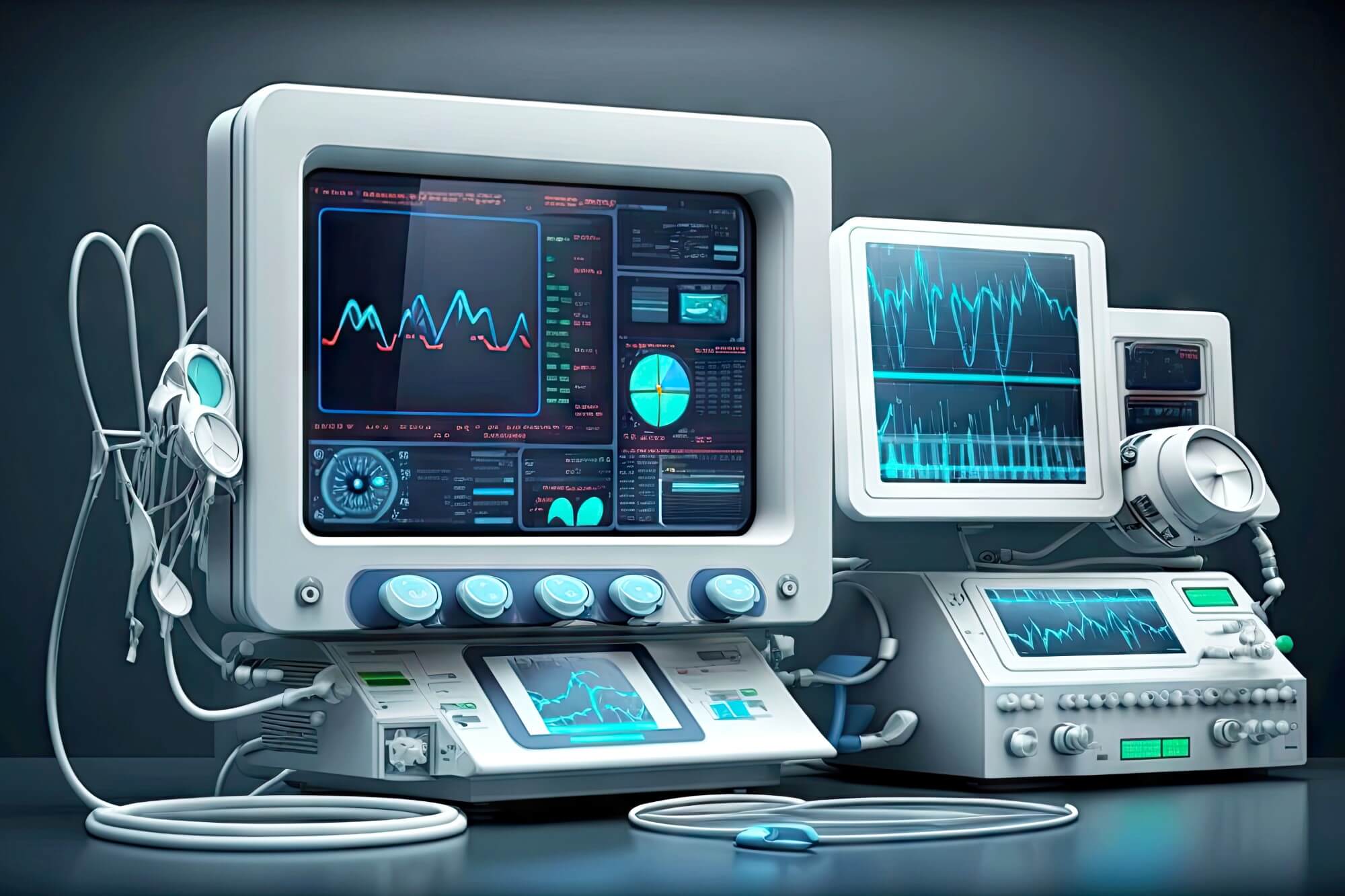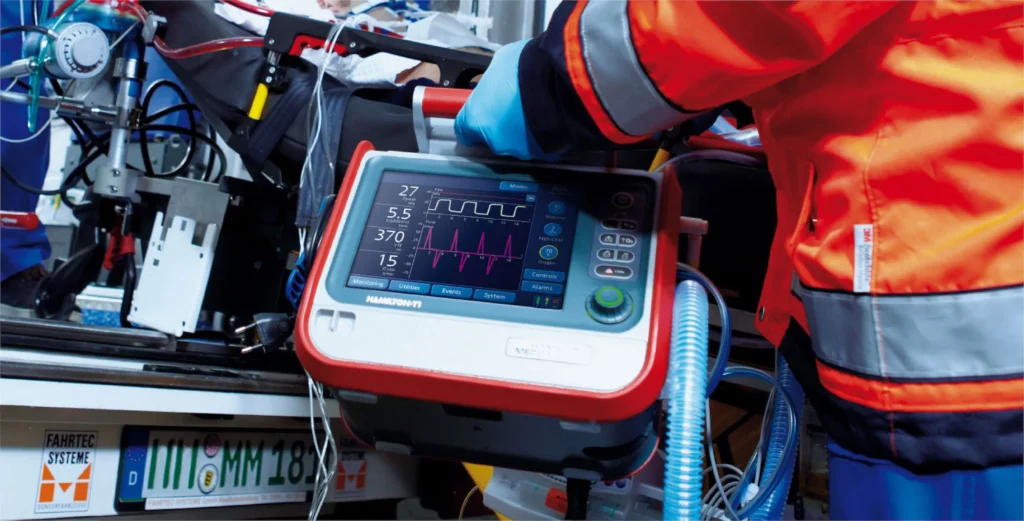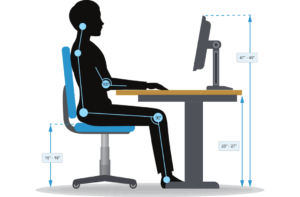Innovations in Ergonomic Design of Medical Devices

The field of healthcare is constantly evolving, with new technologies and innovations reshaping the way medical professionals diagnose, treat, and care for patients. One area that has seen significant advancement in recent years is the ergonomic design of medical devices. Ergonomics, the science of designing products to fit the capabilities and limitations of human users, plays a crucial role in improving the usability, efficiency, and safety of medical devices. In this article, we’ll explore some of the latest innovations in ergonomic design of medical devices and their impact on patient care and healthcare delivery.
1. Wearable Medical Devices
One of the most exciting developments in the field of medical device design is the proliferation of wearable devices. Wearable medical devices, such as smartwatches, fitness trackers, and continuous glucose monitors, are designed to be worn directly on the body and provide real-time monitoring of vital signs, health metrics, and physiological parameters.
Ergonomic design principles are essential in ensuring that wearable devices are comfortable to wear, non-intrusive, and user-friendly. For example, ergonomic wristbands and straps are designed to be adjustable, breathable, and lightweight, allowing users to wear them comfortably throughout the day without discomfort or irritation.
2. Minimally Invasive Surgical Instruments
Advances in minimally invasive surgery have revolutionized the way many surgical procedures are performed, offering patients faster recovery times, reduced scarring, and fewer complications compared to traditional open surgery. Ergonomic design plays a critical role in the development of minimally invasive surgical instruments, such as laparoscopic tools, endoscopes, and robotic surgical systems.
Ergonomically designed surgical instruments are lightweight, maneuverable, and easy to handle, allowing surgeons to perform complex procedures with precision and control. For example, ergonomic handles and grips reduce hand fatigue and improve tactile feedback, while articulating joints and flexible shafts enable precise manipulation in tight spaces.
3. Patient Monitoring Systems
Patient monitoring systems are essential tools used in hospitals and healthcare facilities to track and record vital signs, physiological parameters, and patient data in real-time. Ergonomic design principles are crucial in ensuring that patient monitoring systems are intuitive to use, reliable, and non-invasive for patients.
Ergonomically designed patient monitors feature user-friendly interfaces, intuitive touchscreen controls, and customizable display options, allowing healthcare providers to access critical patient information quickly and efficiently. Wireless connectivity and remote monitoring capabilities enable healthcare teams to monitor patients from anywhere within the facility, improving efficiency and responsiveness to patient needs.
4. Assistive Devices for Mobility and Rehabilitation

Assistive devices, such as wheelchairs, walkers, and prosthetic limbs, play a vital role in helping individuals with mobility impairments regain independence and improve their quality of life. Ergonomic design is essential in ensuring that assistive devices are comfortable, functional, and tailored to the unique needs of each user.
Ergonomically designed wheelchairs feature adjustable seat heights, backrest angles, and footrest positions to accommodate users of different sizes and preferences. Lightweight materials, ergonomic handles, and smooth-rolling wheels enhance maneuverability and ease of use, while innovative features such as power-assisted propulsion and tilting mechanisms improve comfort and functionality for users with limited mobility.
5. Smart Inhalers and Drug Delivery Devices
Smart inhalers and drug delivery devices are revolutionizing the treatment of respiratory conditions such as asthma and chronic obstructive pulmonary disease (COPD). These devices use sensors and connectivity technology to track medication usage, monitor respiratory symptoms, and provide personalized feedback to patients and healthcare providers.
Ergonomic design principles are crucial in ensuring that smart inhalers and drug delivery devices are easy to use, portable, and reliable for patients of all ages and abilities. User-friendly interfaces, intuitive controls, and ergonomic form factors make it easier for patients to administer medication correctly and adhere to their treatment regimens, improving symptom control and overall health outcomes.
In conclusion, innovations in ergonomic design are driving advancements in the development of medical devices, improving patient care, and healthcare delivery. By applying ergonomic principles to the design of wearable devices, surgical instruments, patient monitoring systems, assistive devices, and drug delivery devices, medical device manufacturers can create products that are safer, more effective, and more comfortable for patients and healthcare providers alike. As technology continues to evolve, the future of medical device design holds exciting possibilities for improving patient outcomes and revolutionizing the practice of medicine.


